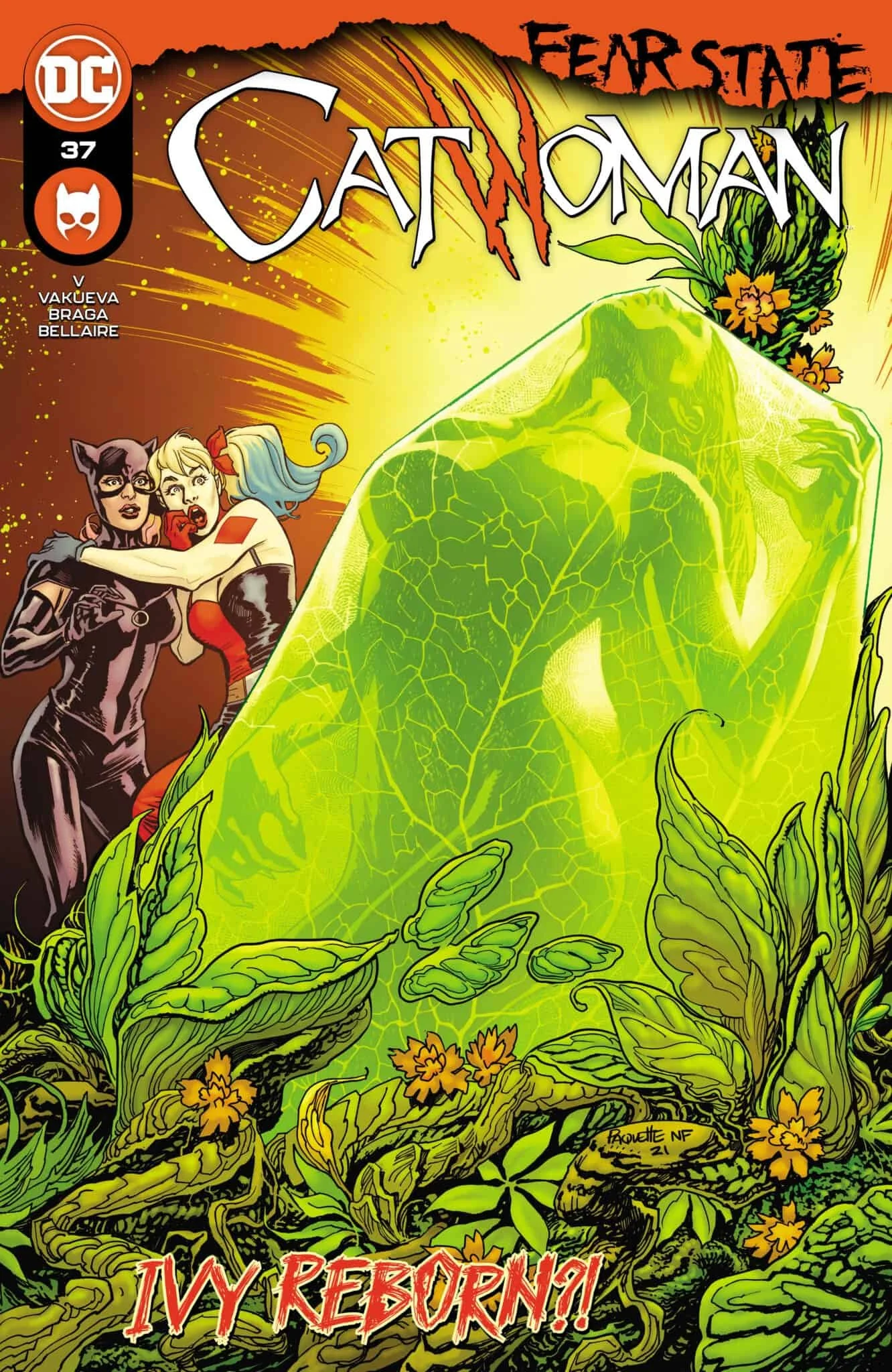Wonder Woman Black and Gold #6 // Review
One of DC’s most beloved superheroes winds down her 80th anniversary year with the final issue of Wonder Woman Black and Gold. The sixth issue focuses on five stories detailing Wonder Woman’s ability to inspire others from various angles in interesting ways that reach a kind of depth not often found in mainstream superhero comics. The difficulties of heroism and villainy in a world of complexity are contrasted against one of the most altruistic characters to come out of the Golden Age and maintain her idealism 80 years later. Action mixes with emotionally engrossing drama in a deeply entertaining series finale.
Writer/artist Marguerite Sauvage opens the issue with “Role Model.” On this side of the comics page, Wonder Woman’s status as an inspiration is cast as a behind-the-scenes guardian of those who speak against injustice in a touching dramatic piece. British writer/artist Liam Sharp follows up the first story with one of Diana’s rare appearances in a psychological horror story. Sharp’s art is nearly photo-realistic in places as he renders something of a self-portrait of an artist suffering from dreams of a powerful foe who can only be defeated by Wonder Woman. Michael W. Conrad takes a look at the life of someone Diana had saved as a child. Christos Gage flips the powers of Wonder Woman and Giganta in an appealing story that forces the villain to turn hero in “Attack of the 50-Foot Wonder Woman.” Dr. Sheena Howard closes out the series with an immensely fun buddy action story in which Diana and Nubia rush to defeat Poseidon in his home.
Sharp’s story is perhaps the most fascinating departure from traditional superhero work found in the whole series. Evidently inspired by a dream, Sharp’s script takes the legendary end of superhero stories in a fascinating direction. Sharp closes it on an inspiring note that could easily be taken in a new direction for an ongoing series. Several stories in the final issue of Black and Gold feels like a pitch for a new Wonder Woman series. Howard’s treatment of a Giganta/Wonder Woman story seems to come out of some parallel dimension where they’ve had ongoing adventures for decades. For his part, Christos Gage manages to even make the idea of a Giganta mini-series seem like a good idea.
The heightened realism of Sharp’s work stands as one of the more powerful visual fugues in the entire series. Artist Kevin Maguire’s more traditional pencil and ink-style artwork makes its own impact towards the end of the issue in a story that allows Giganta to make it to the page with a deep emotional conflict that makes her substantially more appealing than she has ever been in the past. Water-based action can be difficult enough for an artist to bring across compellingly with a full-color palette. Jamal Campbell does a beautiful job with the fight between Wonder Woman, Nubia, and Poseidon. Campbell’s work closes out the series with impressive action.
In the past couple of years, DC has done more than a few Wonder Woman anthology series. Inspired quite heavily by tales of heroism in ancient myth and legend, Wonder Woman takes to shorter narratives quite well. It’s too bad that there isn’t a standard, ongoing Wonder Woman short story anthology. Black and Gold, Sensational Wonder Woman, and the 80th-anniversary issue have shown that Diana can make some impressive statements in very, very short narratives.










